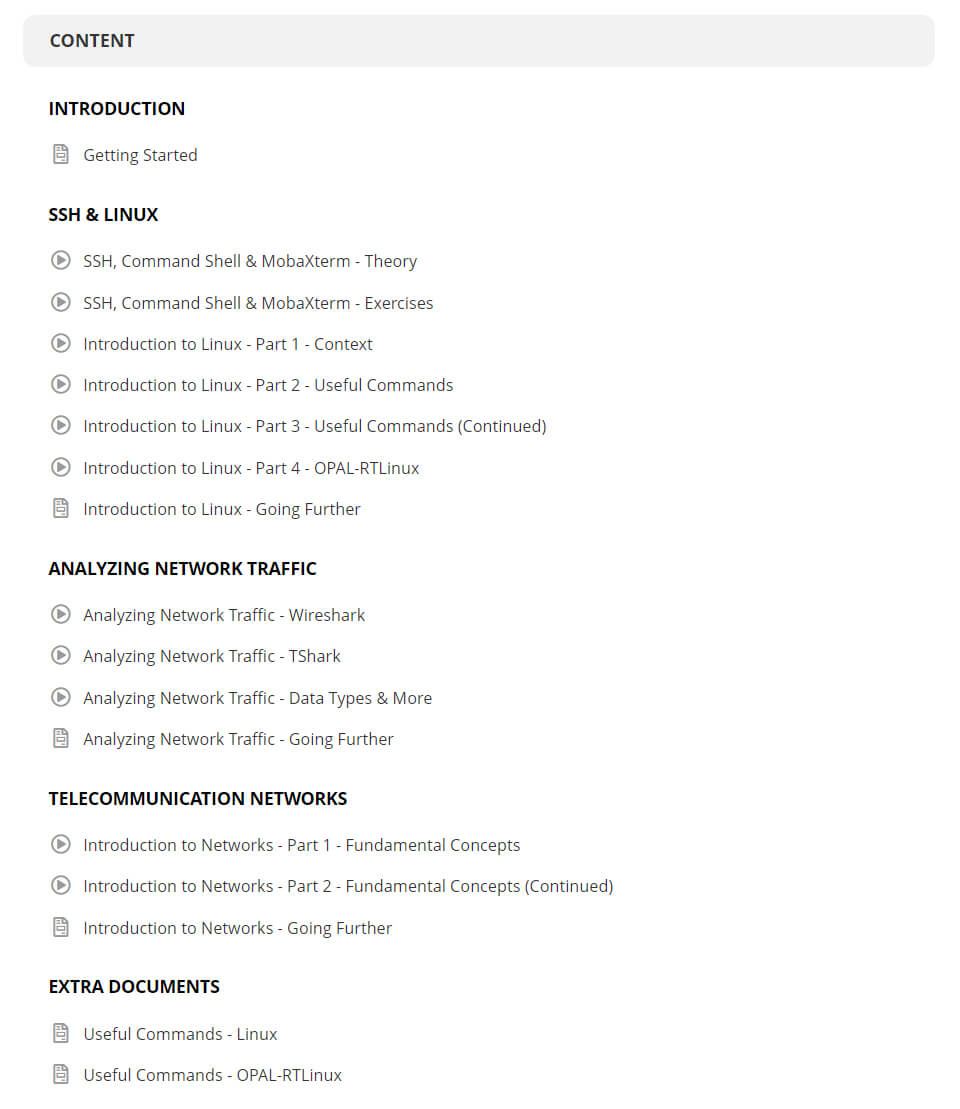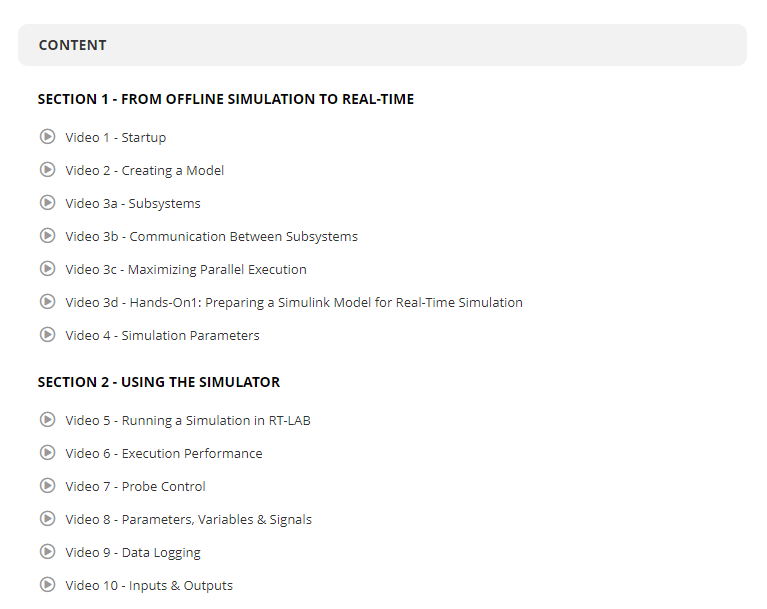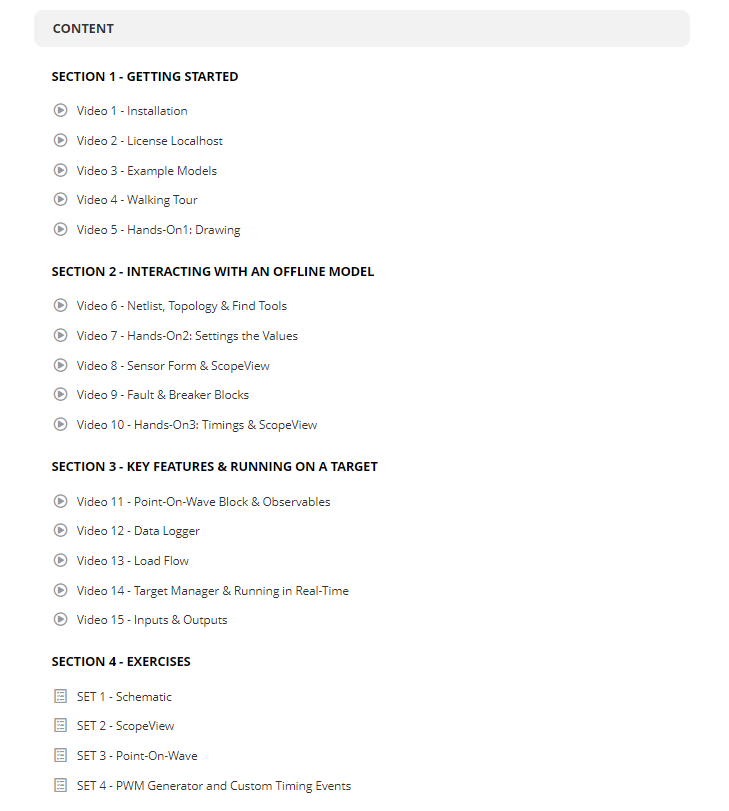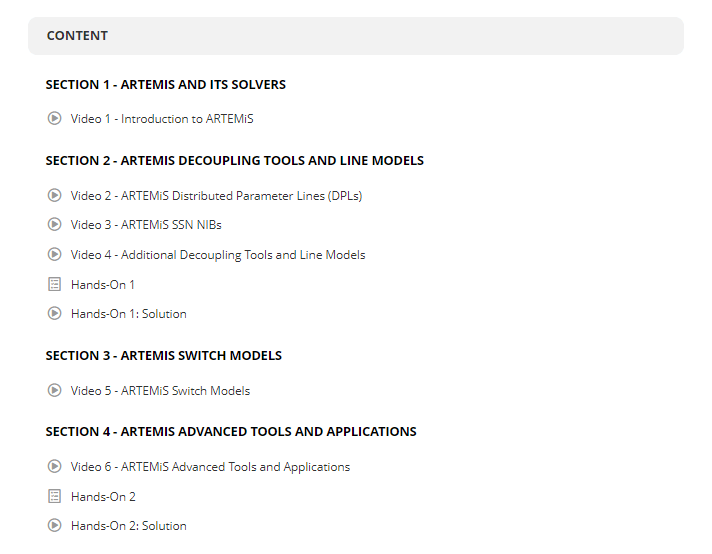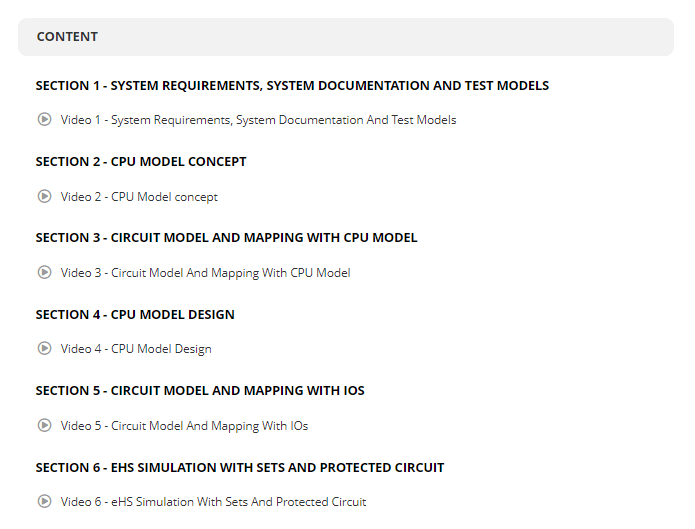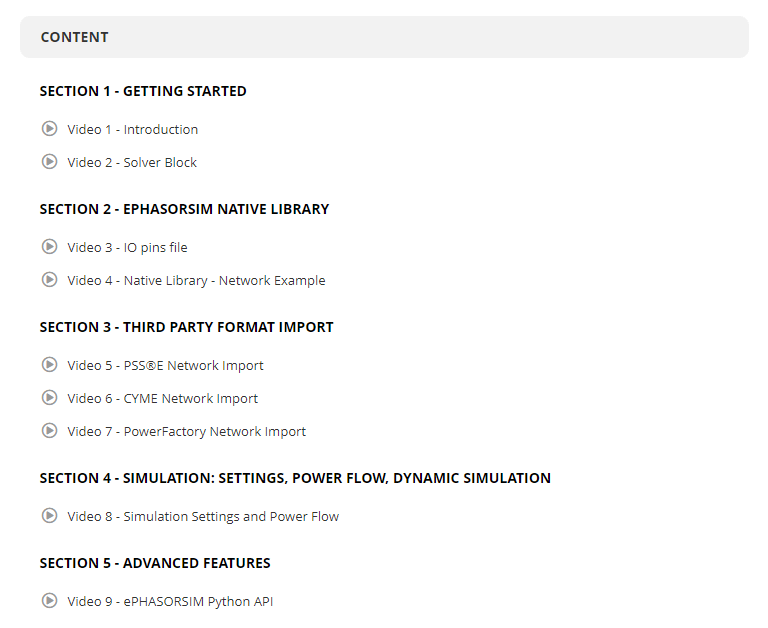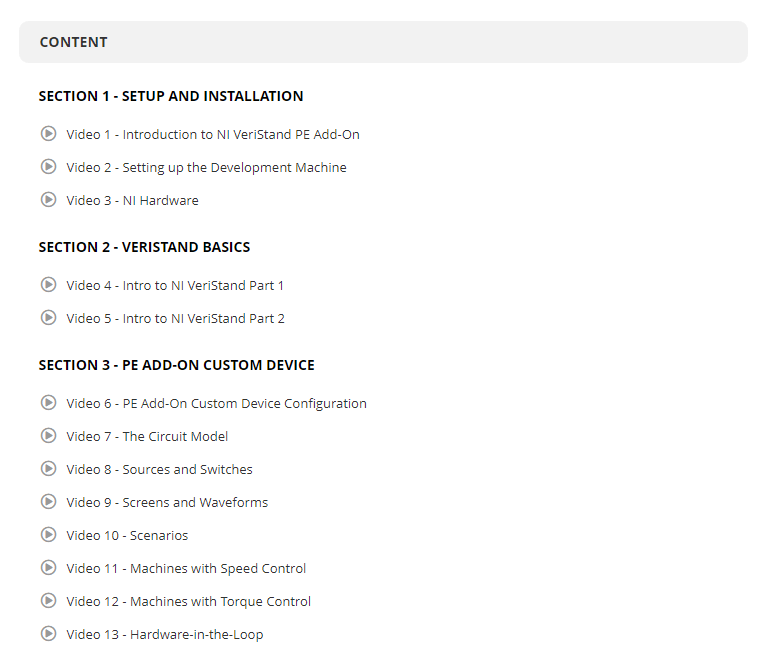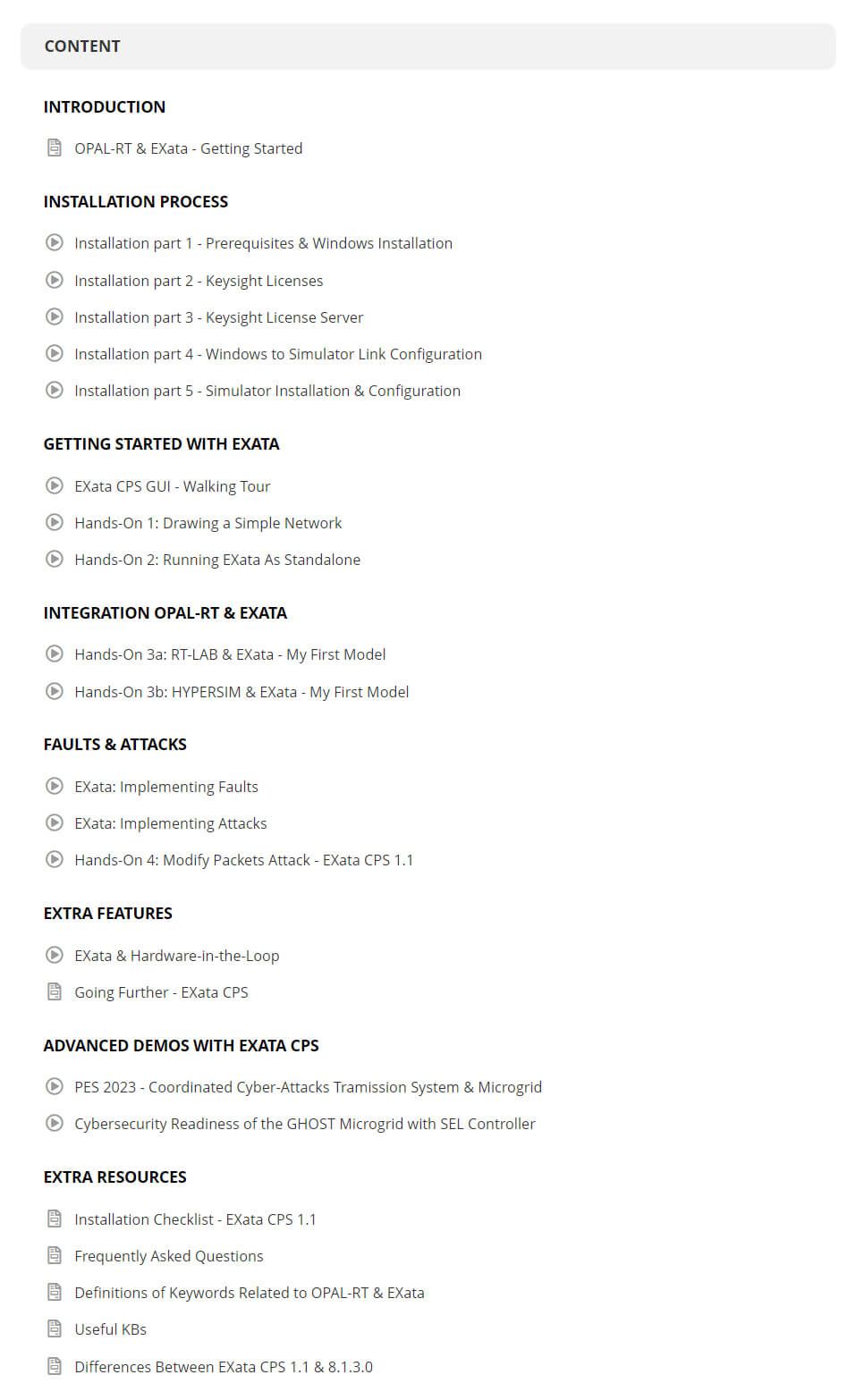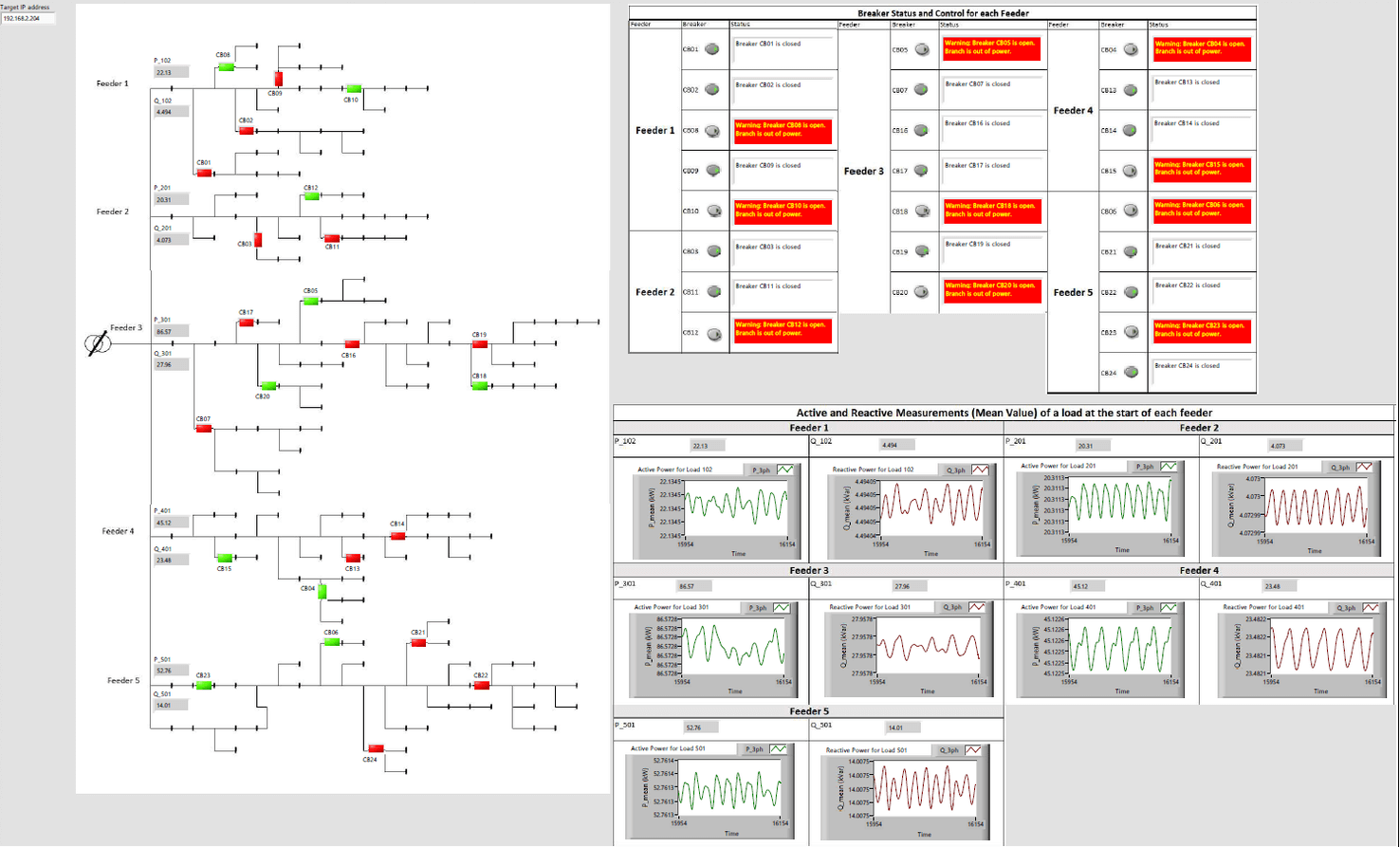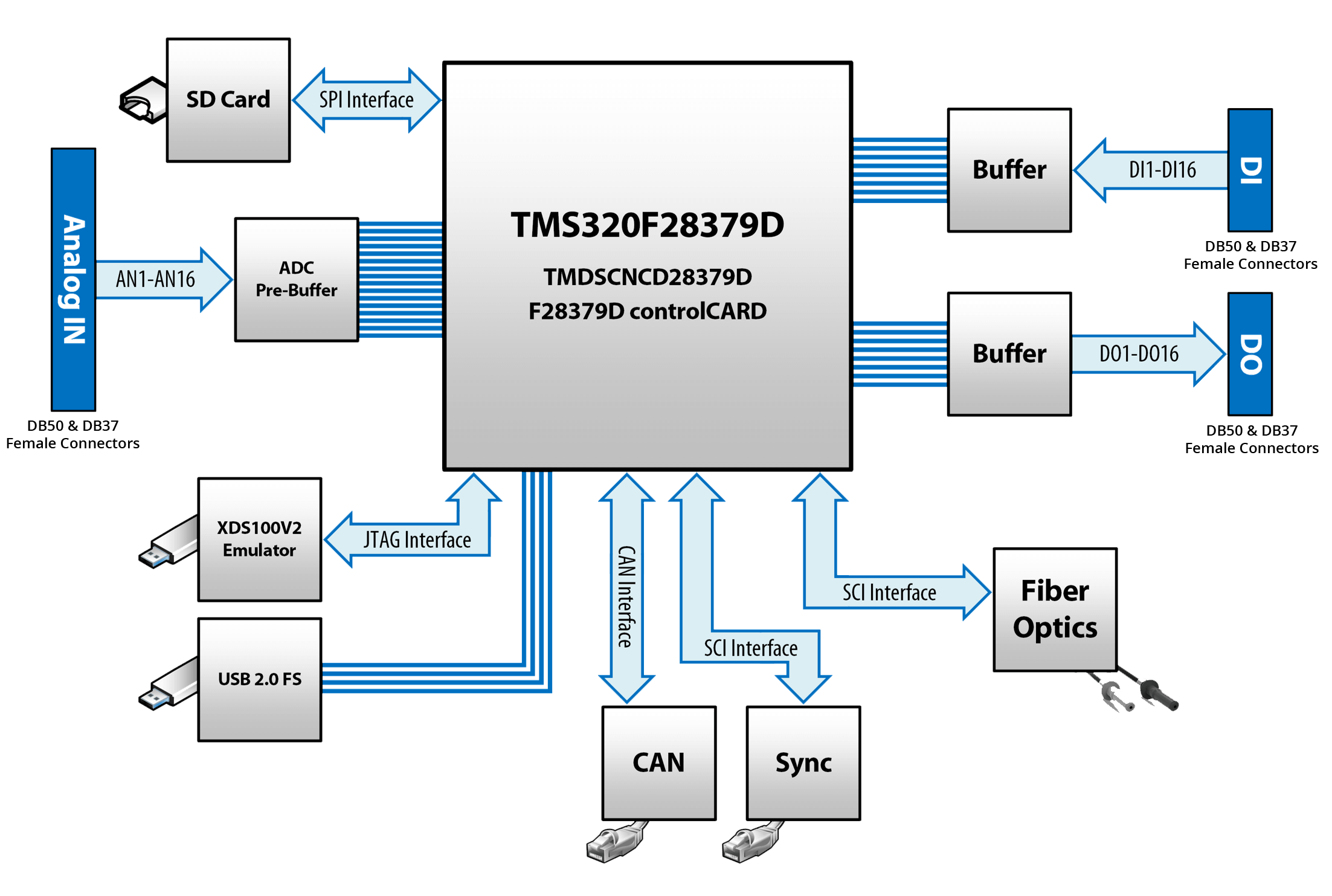- Technical Paper
- Hardware-In-the-Loop (HIL)
- Power Electronics
- Power Systems
- Software-In-the-Loop (SIL)
Resource Center

The evolution of traditional electric grids toward “smarter” grids involves the deployment of novel wide-area and/or local communication infrastructure to facilitate new applications, such as advanced protection and control (P&C), Energy Management Systems (EMS), Microgrid Control Systems (MGCS), Wide-Area
Protection, Monitoring and Control System (WAMPACS), and distributed control. These communication-based applications, however, introduce new risks due to their increased dependency on communication infrastructure, which is susceptible to cyber threats [1]. In addition, the participation of prosumers
(producers/consumers) at the distribution level may also expose the grid to cyber vulnerabilities. This is since prosumers will likely be interconnected to the main grid through a shared communication infrastructure, causing more potential cyber risk. Thus, it is important to study the grid along with its communication systems as a whole Cyber-Physical System (CPS) to evaluate potential risks of critical failure and blackouts.

